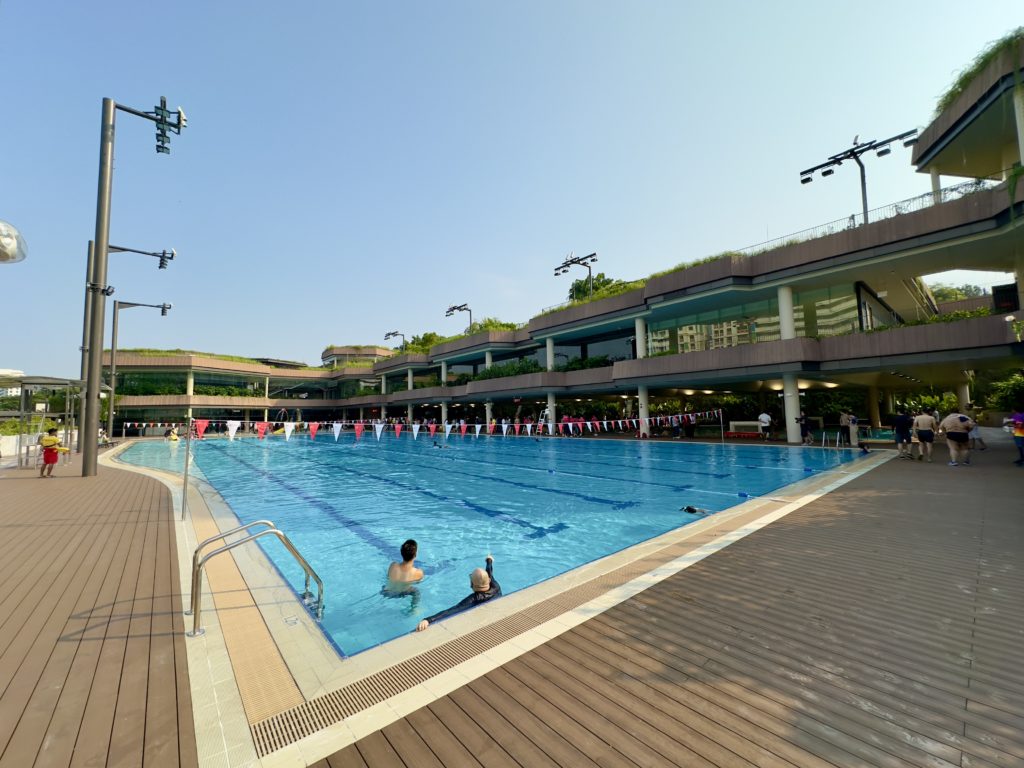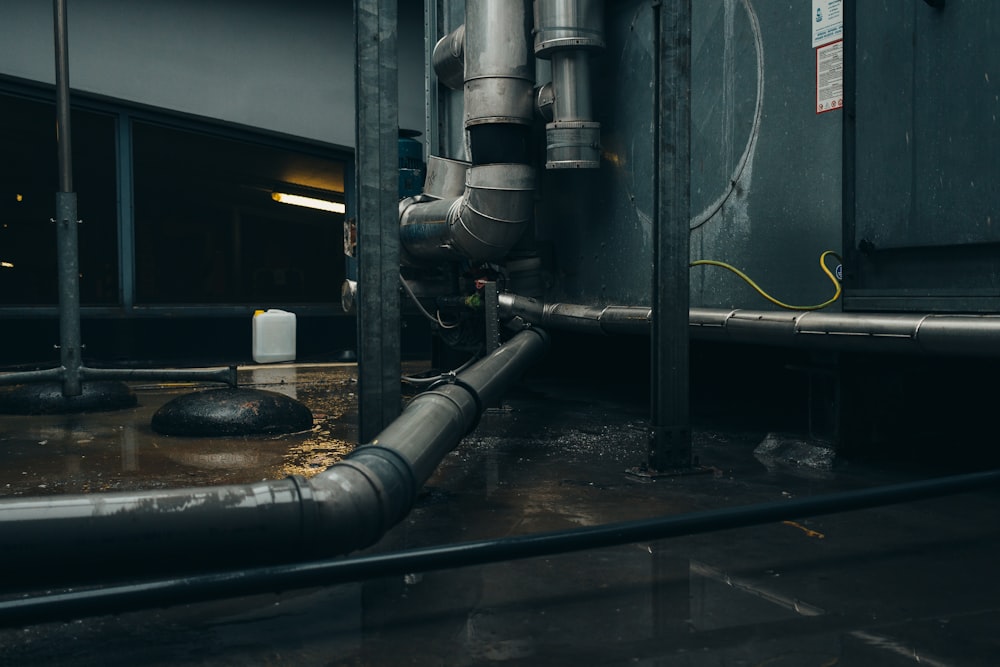Simulating Efficiency: Mastering Factory Simulation
Welcome to the realm where virtual meets reality – the world of factory simulation. It’s not just a tech buzzword; it’s a powerful tool reshaping the landscape of manufacturing. Let’s take a journey into the intricacies of mastering factory simulation and how it propels industries into the future.
The Digital Playground: An Introduction to Factory Simulation
Imagine a digital playground where every machine, process, and logistic is meticulously replicated in a virtual environment. That’s the essence of factory simulation. It’s not just about mimicking reality; it’s about creating a dynamic digital twin where every aspect of a factory’s operation can be tested, optimized, and fine-tuned.
Optimizing Layouts: The Art of Spatial Efficiency
One of the primary applications of factory simulation is optimizing layouts. It’s the art of spatial efficiency, where the placement of machines, workstations, and storage areas is scrutinized in a simulated environment. By experimenting with different layouts, manufacturers can identify the most efficient arrangement, minimizing bottlenecks and maximizing throughput.
Predictive Analysis: Anticipating Operational Challenges
Factory simulation is not just about the present; it’s about predicting the future. Through predictive analysis, manufacturers can anticipate operational challenges before they occur. From machine breakdowns to supply chain disruptions, the simulation provides a crystal ball for foreseeing potential issues and implementing preventive measures.
Resource Allocation: Balancing Act for Efficiency
Efficiency in a factory is a delicate balance of resource allocation. With factory simulation, manufacturers can experiment with different scenarios to find the optimal balance. Whether it’s workforce scheduling, machine utilization, or inventory management, the simulation allows for a data-driven approach to resource allocation, ensuring that every resource is utilized to its fullest potential.
Scenario Testing: Preparing for the Unpredictable
In the real world, unpredictability is a constant. Factory simulation acts as a training ground for preparing for the unpredictable. By running scenario tests, manufacturers can evaluate how their systems and processes respond to various disruptions, be it sudden changes in demand, unexpected machine failures, or variations in supply chain dynamics.
Cost-Benefit Analysis: Ensuring ROI on Operational Changes
Investing in operational changes is a strategic move, but how do manufacturers ensure a return on investment (ROI)? Enter cost-benefit analysis through factory simulation. Manufacturers can model proposed changes and assess their impact on efficiency and costs before implementation. It’s a way to make informed decisions that have a tangible impact on the bottom line.
Worker Training and Safety: Enhancing Skillsets Virtually
Factory simulation isn’t limited to machines; it extends to human factors. In a virtual environment, workers can undergo training scenarios, enhancing their skills and understanding of complex processes. Moreover, the simulation can be utilized to develop and refine safety protocols, creating a safer working environment.
Environmental Impact Assessment: Navigating Sustainability
In an era of heightened environmental awareness, factory simulation goes beyond efficiency; it delves into sustainability. Manufacturers can assess the environmental impact of their operations, experiment with eco-friendly practices, and make informed decisions to reduce their carbon footprint—all within the virtual realm before implementing changes in the physical factory.
Continuous Improvement: The Iterative Nature of Simulation
Factory simulation thrives on the principle of continuous improvement. It’s an iterative process where manufacturers can experiment, learn, optimize, and repeat. The dynamic nature of the virtual environment allows for ongoing refinement, ensuring that factories are not static entities but adaptable systems that evolve with the industry and market demands.
Explore the World of Factory Simulation at reltix.net
To delve deeper into the world of factory simulation and explore the latest insights, strategies, and discussions, visit reltix.net. This online platform serves as a central hub for manufacturers and industry enthusiasts looking to master the art of simulating efficiency through effective factory simulation. Stay informed, stay simulated.











